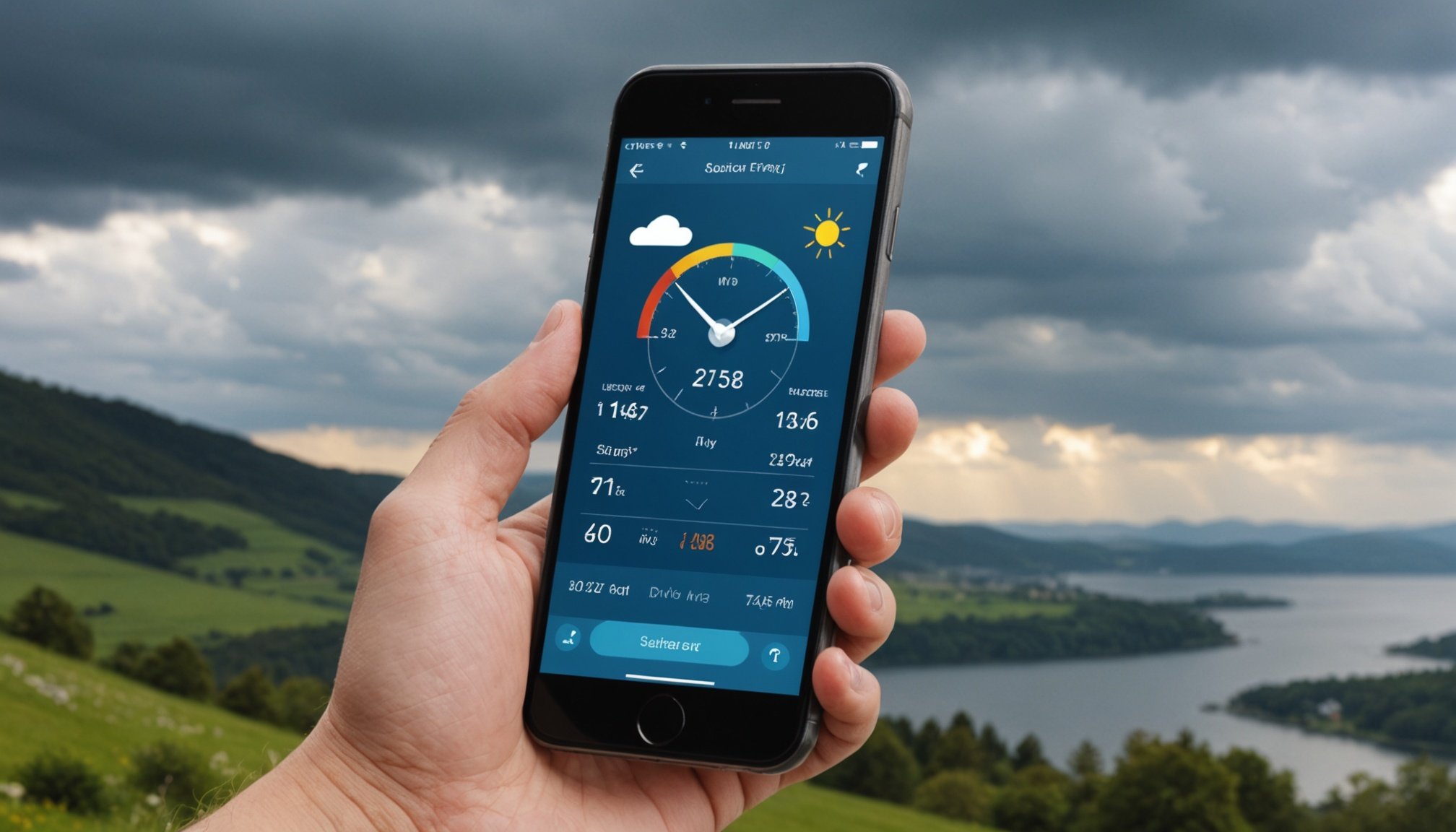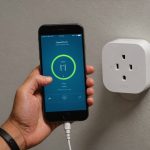Your smartphone is more than just a communication tool; it can become your personal meteorologist! By leveraging advanced apps and sensors, you can transform it into a precise weather station, providing accurate forecasts tailored to your location. Forget unreliable apps; with a few smart adjustments, you can monitor real-time weather changes, plan outdoor activities effectively, and stay prepared for unexpected conditions. Discover how to tap into this technology and ensure you're always ahead of the weather game!
Introduction to Smartphone Weather Stations
In today's technology-driven world, transforming your smartphone into a weather station offers unique benefits. This DIY weather solution not only provides convenience but also empowers users with personalised weather forecasting. By utilising built-in sensors, smartphones can measure various environmental factors, offering insights that are both practical and timely.
Have you seen this : Step-by-Step Guide: Effortlessly Connect Your Smart Plug with Your Smartphone
Smartphones are equipped with sensors such as accelerometers, gyroscopes, and magnetometers. These sensors can be repurposed to gather data on temperature, humidity, and atmospheric pressure. This capability allows users to have access to accurate, real-time weather information directly from their devices. Understanding these sensors and their capabilities is crucial for optimising the performance of a smartphone weather station.
Accurate weather forecasting plays a pivotal role in daily life, influencing decisions ranging from what to wear to planning outdoor activities. With a smartphone weather station, users can receive tailored forecasts that reflect their immediate surroundings, rather than relying solely on broader regional forecasts. This personalised approach enhances the reliability of weather predictions, making them more relevant and actionable.
Have you seen this : How to Create a Digital Health Journal Using Your Smartphone?
In essence, transforming a smartphone into a weather station is a practical, innovative way to harness technology for better weather awareness, ultimately improving daily decision-making.
Recommended Apps for Weather Forecasting
Choosing the right weather apps for your smartphone can significantly enhance your forecast accuracy. With a plethora of options available, it's essential to identify the features that best suit your needs.
Among the top smartphone applications for weather forecasting, apps like AccuWeather, Weather Underground, and The Weather Channel stand out. These apps offer detailed insights into local and global weather patterns, ensuring users receive precise and timely updates. Key features to consider include real-time alerts, radar maps, and extended forecasts.
User testimonials highlight the importance of an app's interface and ease of use. Many users appreciate applications that provide customisable notifications and intuitive design. For instance, AccuWeather's MinuteCast feature is praised for its hyper-local, minute-by-minute precipitation forecasts.
When evaluating forecast accuracy, it's beneficial to read reviews and compare user experiences. A reliable app should consistently deliver accurate data, even in rapidly changing weather conditions. Users often rely on these apps for planning daily activities, making accuracy a top priority.
In summary, selecting a weather app with robust features and proven accuracy can transform your smartphone into an effective weather forecasting tool.
Enhancing Smartphone Capabilities with Hardware Add-ons
To transform your smartphone into a more powerful weather station, consider using external sensors and weather station accessories. These smartphone gadgets can significantly enhance the accuracy and range of data collected, offering a more comprehensive weather analysis.
Overview of External Sensors
External sensors can be connected to smartphones to measure additional environmental factors. Common weather station accessories include thermometers, hygrometers, and anemometers. These devices extend the capabilities of your smartphone by providing precise measurements of temperature, humidity, and wind speed. By integrating these sensors, users can achieve a more accurate and detailed weather forecast.
Tips for Selecting the Best Hardware Add-ons
When selecting smartphone gadgets, consider compatibility, ease of use, and data accuracy. Opt for sensors that seamlessly integrate with your smartphone's operating system and offer user-friendly interfaces. Prioritise external sensors known for their precision and durability to ensure reliable weather data collection.
Successful DIY Setups
Numerous DIY enthusiasts have successfully enhanced their smartphone weather stations with hardware add-ons. For instance, combining a smartphone with a Bluetooth-enabled anemometer can provide real-time wind speed data. Such setups demonstrate the potential of weather station accessories in improving weather forecasting capabilities.
Step-by-Step Guide to Setting Up Your Smartphone as a Weather Station
Transforming your smartphone into a weather station is a straightforward process with the right setup guide. Follow these DIY instructions to optimise your device for accurate weather data collection.
Configuring Apps and Hardware
Begin by downloading a reliable weather app that supports external sensor integration. Ensure the app is compatible with your smartphone's operating system. Next, connect your chosen external sensors—such as thermometers or anemometers—via Bluetooth or USB. This weather station configuration enhances data accuracy by providing precise environmental readings.
Optimal Placement and Settings
Place your smartphone and sensors away from direct sunlight and heat sources to avoid skewed readings. Ideally, position them in a shaded, open area where airflow is unrestricted. Adjust the app settings to receive real-time updates and alerts, ensuring you stay informed of any weather changes.
Visual Aids and Assistance
Utilise online tutorials and videos to assist in the setup process. Visual aids can provide a clearer understanding of the setup guide, making it easier to follow each step accurately. These resources often include tips on troubleshooting common issues, ensuring a smooth weather station configuration experience.
Maximizing Your Smartphone's Built-In Sensors for Weather Data
Smartphones come equipped with a variety of sensors that can be harnessed for effective weather data collection. These built-in sensors, such as accelerometers, gyroscopes, and magnetometers, play crucial roles in measuring environmental factors like temperature, humidity, and atmospheric pressure.
Understanding Sensor Roles
Each smartphone sensor has a distinct function. For instance, the accelerometer can detect changes in orientation and motion, while the gyroscope offers precise rotational data. When repurposed, these sensors can contribute to comprehensive weather tracking, providing insights into dynamic weather patterns.
Optimizing Sensor Usage
To achieve accurate weather data collection, it's essential to calibrate your smartphone's sensors regularly. Calibration ensures that the sensors are functioning optimally, reducing errors in data readings. Additionally, keep your device's software updated to leverage the latest enhancements in sensor technology.
Avoiding Common Pitfalls
When using smartphone sensors for weather tracking, avoid placing the device near heat sources or in direct sunlight, as this can skew readings. Ensure the device is in a stable position to prevent motion interference. By following these guidelines, you can enhance the accuracy of your weather data collection.











